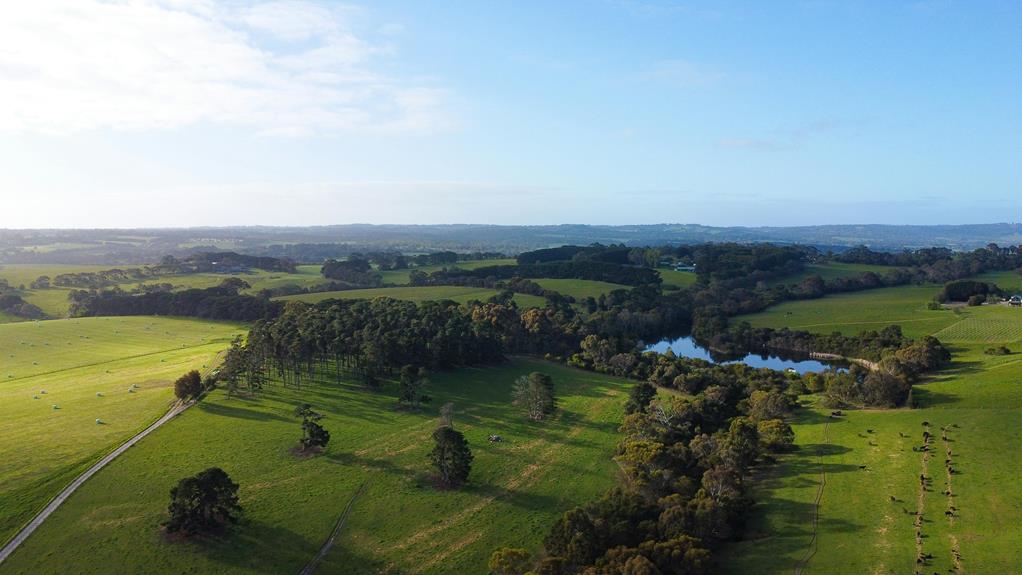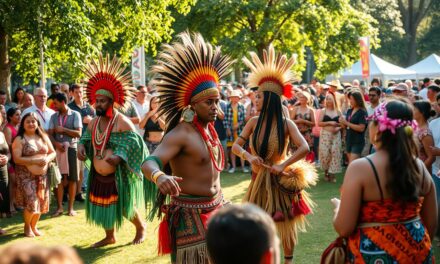You can expect to pay anywhere from $10,900 to $12,000 for a rhinoplasty procedure in Australia, with costs influenced by factors like surgeon experience, geographic location, and procedure complexity. Surgeon fees range from $6,900 to $8,000, while anaesthetist and facility fees add another $3,000 to $4,000. Medicare may cover costs for medically necessary procedures, but private health insurance coverage varies. When choosing a surgeon, verify their FRACS accreditation and experience level, and review before-and-after photos to evaluate aesthetic outcomes. As you explore your options, learn more about breaking down the expenses, payment plans, and finding the right surgeon for your needs.
Rhinoplasty Costs and Factors
Several factors influence the cost of rhinoplasty. These include the surgeon's experience, geographic location, and whether the procedure is combined with other surgeries.
Revision rhinoplasty also tends to be more expensive due to its complexity. Keeping up with the latest rhinoplasty trends and advancements in surgical techniques can also impact costs.
If you're eligible, public hospital procedures for rhinoplasty are covered by Medicare, which can help reduce your expenses.
However, private hospital costs may involve out-of-pocket expenses. It's essential to discuss these costs with your surgeon to get a clear understanding of what you'll be paying.
Breaking Down the Expenses
Breaking down the expenses for rhinoplasty in Australia is vital to understanding what you'll be paying. To get a clear picture of the costs involved, you need to take into account several factors, including the surgeon's fees, anaesthetist fees, and facility fees.
Here's a breakdown of the estimated costs for rhinoplasty in Australia:
| Cost Component | Estimated Cost |
|---|---|
| Surgeon Fee | $6,900 – $8,000 |
| Anaesthetist and Facility Fees | $3,000 – $4,000 |
| Total Procedure Cost | $10,900 – $12,000 |
Keep in mind that these costs can vary depending on the complexity of the procedure, the surgical techniques used, and the recovery process. It's also essential to note that Medicare may cover some of the costs if the procedure is deemed medically necessary. However, for purely cosmetic procedures, you'll need to factor in potential out-of-pocket expenses. It's important to consult with your surgeon and private health insurance provider to get a clear understanding of what's covered and what's not.
Payment Options and Plans
Since understanding the costs involved in rhinoplasty is vital, it's just as important to take into account the various payment options and plans available.
Payment plans for rhinoplasty can be arranged through specialist companies, allowing you to manage your costs over time. These plans offer financing options to help make your procedure more affordable.
You'll have payment flexibility, as weekly repayment options can be personalized based on your individual financial situation. The clinic team is available to discuss tailored payment options and financial assistance.
To get started, you can contact them directly or make an online inquiry to learn more about the finance options specifically designed for plastic surgery.
It's essential to understand the payment structure before making a decision about your surgical procedure.
By discussing your options with the clinic team, you'll be able to make an informed decision that works best for you. They'll guide you through the process, helping you navigate the various financing options and payment plans available.
This way, you can focus on your rhinoplasty journey, knowing that your financial situation is taken care of.
Medicare and Private Rebates
When it comes to covering the costs of rhinoplasty in Australia, understanding the role of Medicare and private health insurance is vital. Medicare coverage for rhinoplasty is limited to medically necessary procedures, such as those addressing airway obstruction or significant deformities.
You may be eligible for Medicare benefits if you have specific conditions outlined in the Medicare Benefits Schedule (MBS), which includes a NOSE Scale score greater than 45. To qualify for Medicare benefits, you'll need to demonstrate medical necessity, so it's important to consult with a specialist to understand your eligibility.
Private health insurance may also cover functional rhinoplasty deemed necessary for health reasons, but a doctor's referral is typically required to establish medical necessity for insurance claims.
Top-level or mid-level private health insurance policies often cover rhinoplasty procedures, but be prepared for potential out-of-pocket costs. Insurance referrals are usually required to obtain coverage, so factor this into your planning process.
Finding the Right Surgeon
Finding the right surgeon is essential to achieving ideal results from your rhinoplasty procedure. In Australia, you'll want to find a surgeon who's fully qualified and accredited by the Royal Australasian College of Surgeons (FRACS).
When evaluating potential surgeons, consider the following factors:
- Surgeon credentials: Verify your chosen surgeon has FRACS accreditation and extensive experience in rhinoplasty. Those with over 10 years in the field are often more skilled in handling complex cases.
- Patient satisfaction: Look for reviews and testimonials from previous patients to gauge the surgeon's reputation and success rates in performing rhinoplasty procedures.
- Aesthetic outcomes: Evaluate the surgeon's portfolio of before-and-after photos to assess their aesthetic outcomes and determine if their style aligns with your desired results.
Don't hesitate to schedule a consultation with your chosen surgeon. Many charge a fee, around $300, for an initial assessment where you can discuss your goals and the surgeon's approach to the procedure.
This is a valuable opportunity to get a sense of the surgeon's expertise and bedside manner.
Frequently Asked Questions
How Much Does a Nose Job Cost in Australia?
You're likely inquiring about the cost of a nose job, and it's worth noting that financing options can make it more affordable. Rhinoplasty recovery should also be considered in your overall budget, with prices ranging from $10,644 to $21,000.
Is Rhinoplasty Covered by Medicare?
You'll need to check if your rhinoplasty is medically necessary, as Medicare coverage is limited to procedures addressing airway obstruction or significant deformities, and requires a specialist referral to establish surgical necessity.
What Is the Cheapest Type of Nose Job?
You're looking for the cheapest type of nose job. Non-surgical options aren't available for permanent changes. For surgical procedures, consider Alarplasty or Tip Rhinoplasty, and explore financing plans to make them more affordable for you.
Can You Get a Free Nose Job With a Deviated Septum?
You might get a free or partially covered nose job if a deviated septum causes breathing issues, but it's not entirely free; you'll likely need to pay for cosmetic surgery aspects not covered by Medicare.










